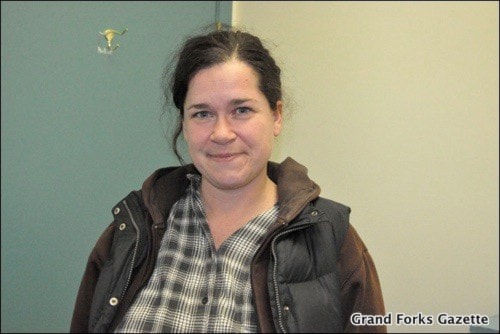Editor's Note: This article has been updated from the printed version as to clarify who is distributing the funding for the prescribed burns.
The Boundary Habitat Stewards (BHS) is a group that consists of environmentally conscious organizations around the Boundary that focuses on ecosystem restoration.
BHS originally developed from an initiative two years ago from the Habitat Conservation Trust Fund.
“The Granby Wilderness Society got $4,000 to look at ecosystem restoration mainly in the Grasslands, but I wanted to be more holistic about it and look at everything,” explained Jenny Coleshill, project co-ordinator and local biologist for the Granby Wilderness Society. “I also wanted more input and help and expertise so we held a meeting two March’s ago and I brought in some experts in eco-restoration and we did a presentation.”
From that meeting, a group formed that consists of the Granby Wilderness Society, the Grand Forks Wilderness Association, the Boundary Weeds Committee, the Christina Lake Stewardship Society and a habitat biologist from the Ministry of Forests, Lands and Natural Resources (MFLNRO).
“We’ve been meeting every other month and we’re trying to prioritize areas that need restoration,” Coleshill stated. “We are trying to be the voice for the Boundary and get money from the government to get restoration going on and what not.”
Coleshill added they had just received money to support prescribed burns throughout the Boundary.
The funding will be spread throughout three years by MFLNRO, with the BHS receiving roughly $250,000 a year to do prescribed burnings.
"The funding received is for specific projects that our group helped to identify and will help implement," explained Coleshill. "The funding application was written by Lisa Tedesco with input from us and letters of support, as well as who will contribute to the project. This project specifically is to implement prescribed burns."
Morrissey Creek is one of the first areas on the list for a prescribed burn this spring, Coleshill pointed out.
Prescribed, or controlled, burns are used to reduce fuel buildup and decrease the likelihood of a more serious fire.
“We’ll be meeting again in April to see how and when this burn will happen,” she explained.
“Our team is going to looking at the weeds aspect, as well as look at the wildlife trees. We’ll be pulling away debris and what not so that the wildlife trees won’t be burned during the prescription.”
Other projects BHS will look into include watching the amphibian migration and the black cottonwood riparian restoration planning.
“We look at everything. We’re interested in wildlife trees, stewardship, amphibians, birds, carnivores, and everything,” she said. “That’s why it’s important to get everyone from different perspectives together.”
A BHS sign will also be placed somewhere along the Trans Canada Trail with information about eco-restoration on it.
For those interested in volunteering, contact Coleshill at jenny.coleshill@granbywilderness.ca.
